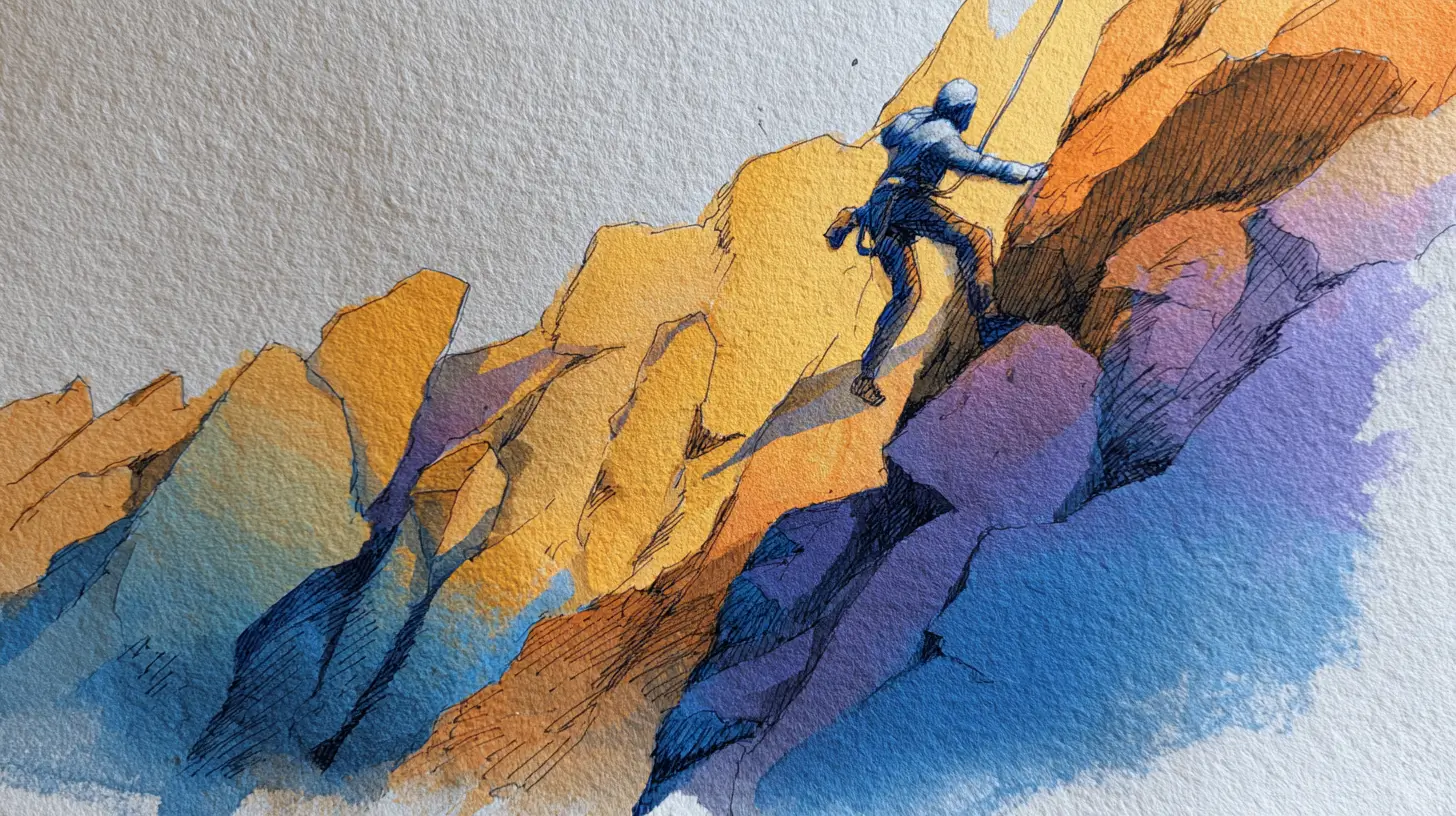Outdoor adventure sports are exciting, but they also demand careful preparation. Activities like hiking, rafting, or climbing can be safe and rewarding when planned properly. The key is understanding where you’re going, what you’ll face, and how to handle unexpected situations. Good preparation and a few reliable outdoor safety tips can prevent most accidents. This guide explains how to stay safe outdoors, keep control in changing conditions, and enjoy every adventure with confidence.
Preparation and Planning
Every adventure, whether on land, water, or in the air, starts with informed preparation. Before committing to a route, dive, or flight path, study the area’s terrain, weather patterns, and known risk factors. Kayakers should check current flow and water temperature, climbers should verify route conditions, and bikers must inspect trail gradients and surfaces. Always share your itinerary with someone reliable and confirm communication options in case of an emergency. Following established outdoor safety rules, such as using certified equipment, checking local regulations, and staying within designated zones, protects not only you but also those around you. Plan your gear, nutrition, and endurance level based on the sport’s demands. Beginners should ease in through structured training or guided sessions before moving to advanced expeditions. Careful planning ensures that thrill never overshadows judgment and that each sport remains as safe as it is exciting.
Physical and Mental Readiness
Preparing your body and mind is one of the most important steps before any outdoor adventure. Every sport challenges the body differently: hikers need endurance, climbers rely on strength and balance, and paddlers depend on coordination and steady breathing. A few weeks of targeted training, such as hill walks, resistance workouts, or simple stretching routines, can greatly reduce the risk of injury. But fitness alone isn’t enough. Mental focus determines how you respond when something unexpected happens, such as sudden weather changes or fatigue. Try to get enough rest before your trip and give yourself time to unwind. Light yoga, meditation, or short breathing exercises can help you relax and sharpen concentration. You might even take a short mental break before heading out. For example, claim an exclusive Xon Bet bonus to enjoy an online game as a way to relax without physical strain. By taking care of your body and mind beforehand, you set yourself up to stay alert, make smart decisions, and handle the demands of outdoor adventure sports.
Gear Up for Safety
Good gear keeps small mistakes from turning into real problems. Before a trip, ensure you have the right, functional gear for your sport. A loose helmet or an old rope can be more dangerous than no gear at all. Mountain bikers should test their brakes and tire pressure, climbers need to check harness straps, and kayakers should never go without a proper life jacket. Dress for the weather – light, breathable fabrics in the heat and layers that trap warmth when it’s cold. Footwear is crucial too. Choose shoes or boots that protect your ankles and grip well on rough ground. Bring a basic first-aid kit, water, snacks, and simple navigation tools like a map and compass in case your phone dies. If you’re going somewhere remote, add a headlamp and a whistle or small radio for emergencies. These are the habits that define safe outdoor activities. They don’t remove every risk, but they help you stay in control when conditions change. Always give your gear one last check before you head out. That quick inspection often prevents the accidents no one plans for.
Stay Alert and Follow Best Practices
Outdoors, awareness is your main safety tool. No piece of equipment can replace your ability to notice what’s changing around you. Before setting out, download an offline navigation app like Gaia GPS, AllTrails, or Komoot so you can track your route even without signal. Turn on location sharing with a trusted contact. Many platforms like Garmin Explore or Strava let others see your live position. During the activity, scan the environment regularly instead of staring only at your feet or phone. Clouds moving quickly, temperature drops, or sudden wind shifts often signal weather changes long before rain appears.
When you’re climbing, paddling, or riding, manage energy like a resource: take short pauses before fatigue sets in, eat small portions often, and hydrate even when you’re not thirsty. If visibility drops, switch to daylight-colored clothing or use reflective strips to make yourself easy to spot. Always mark your last safe checkpoint on your app or GPS device so you can backtrack if conditions worsen. Avoid shortcuts or “unofficial” trails that look tempting on maps. Most accidents happen when people improvise outside of known routes. Respect wildlife by keeping a safe distance and never leaving food exposed. Scent attracts animals even from hundreds of meters away. Technology can help, but judgment keeps you safe. If a storm rolls in or you start feeling lightheaded, stop and reassess instead of pushing forward. Call or message your contact if your plan changes. Outdoor experts agree that turning back early is a sign of discipline, not weakness. Staying alert, using tools wisely, and knowing when to stop are the habits that separate safe explorers from lucky ones.
Conclusion
Real safety outdoors isn’t a single action – it’s a routine you build over time. The most experienced hikers, climbers, and paddlers don’t rely on luck, but they prepare the same way before every trip. They review forecasts from multiple sources, download offline maps, test equipment the night before, and establish a turnaround time that they adhere to. These habits become instinct, and that’s what keeps people safe when things go wrong. Applying consistent outdoor recreation safety tips isn’t about making adventures predictable, but it’s about giving yourself room to react when they’re not. Learn from each outing, notice what worked and what didn’t, and adjust your approach next time. That’s how real outdoor experience grows: through awareness, repetition, and respect for conditions you can’t control.






